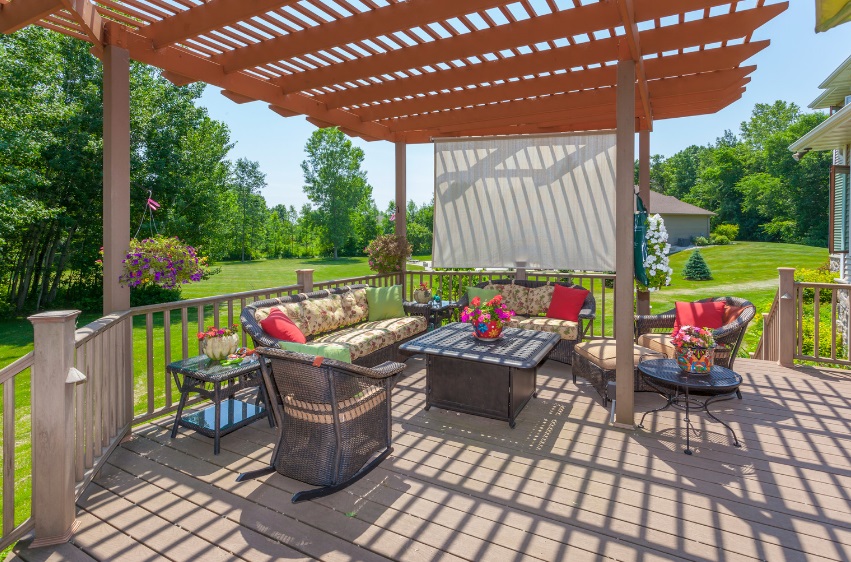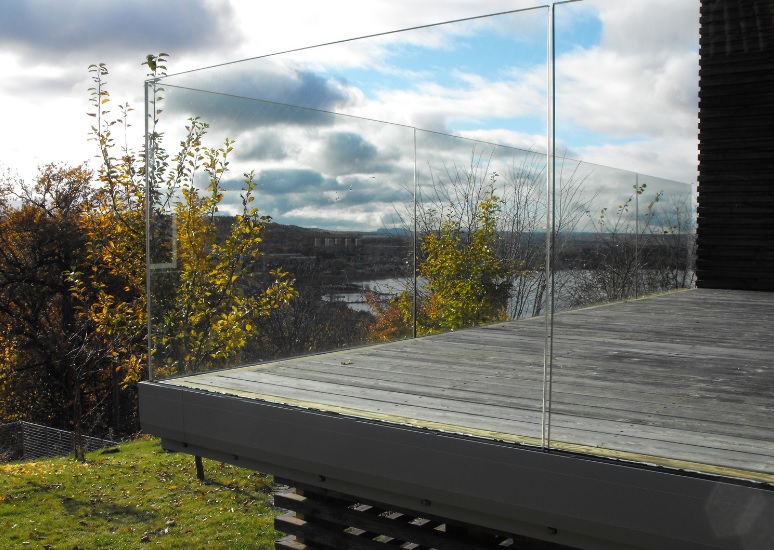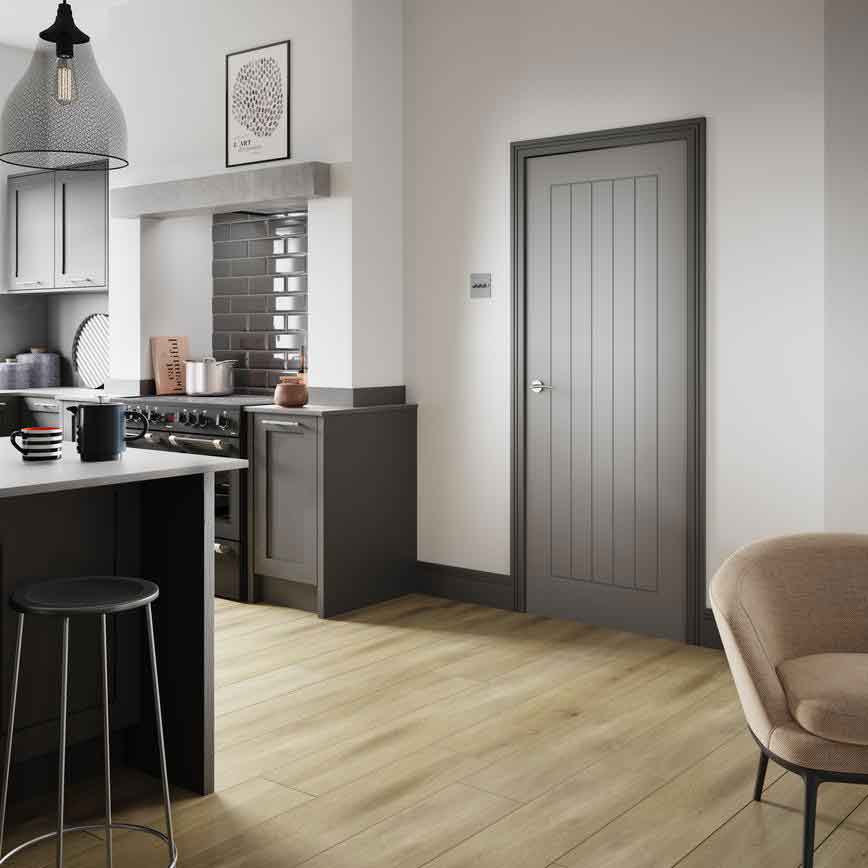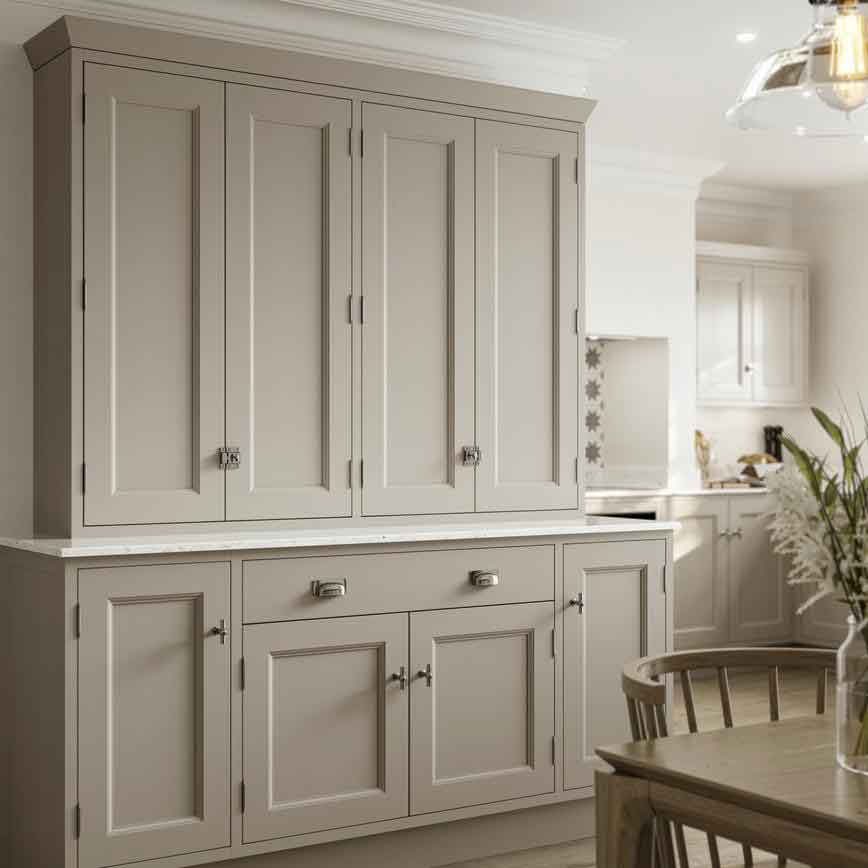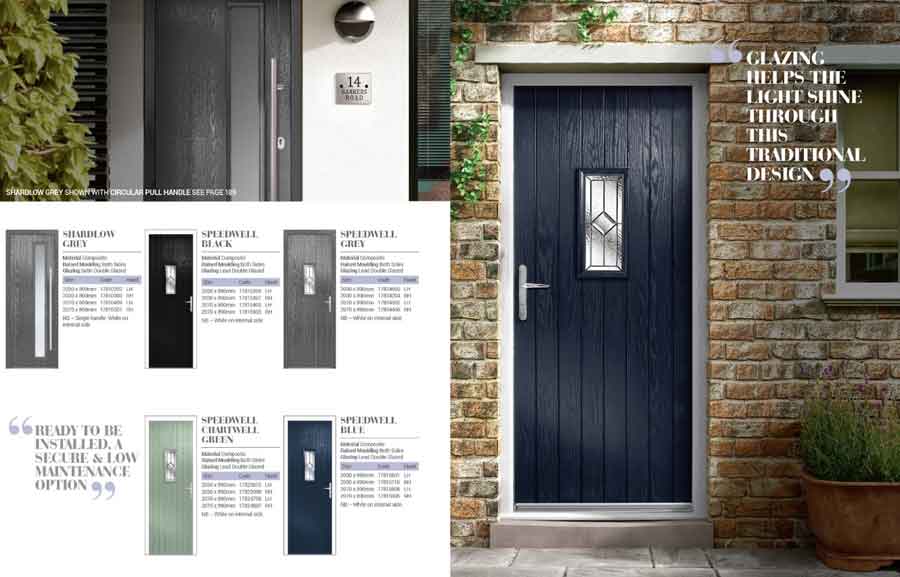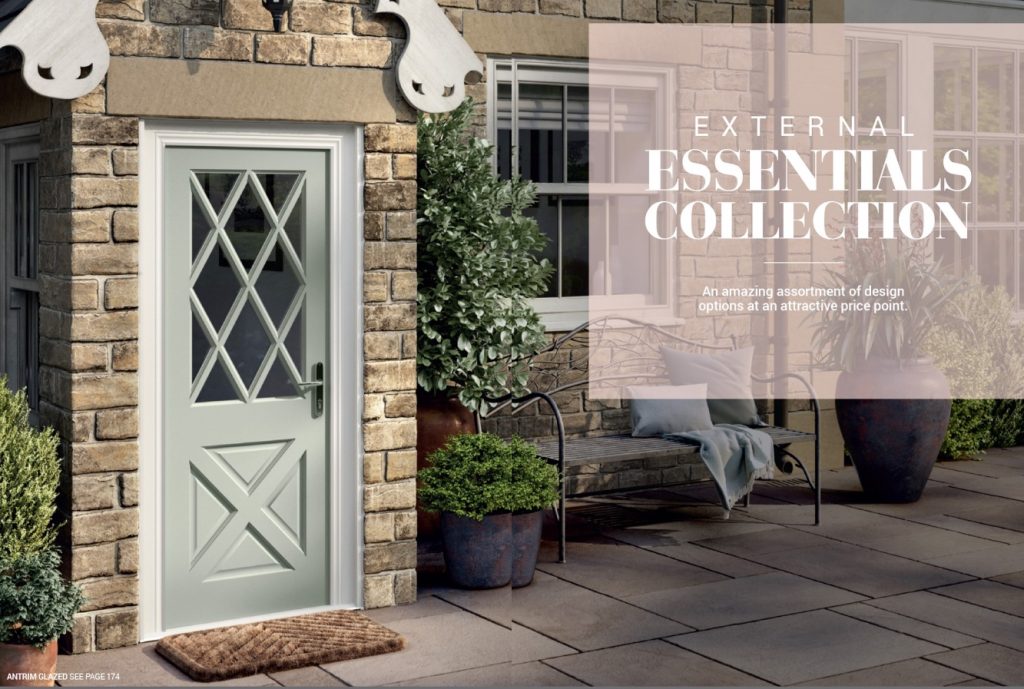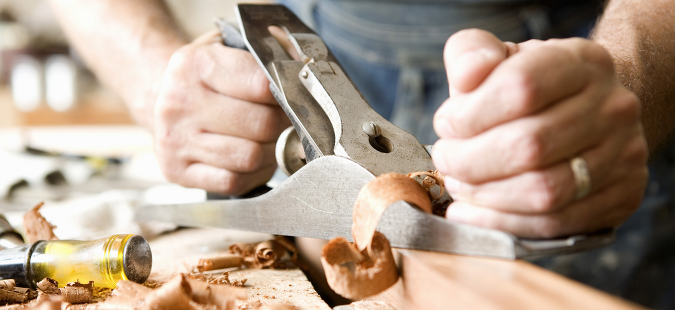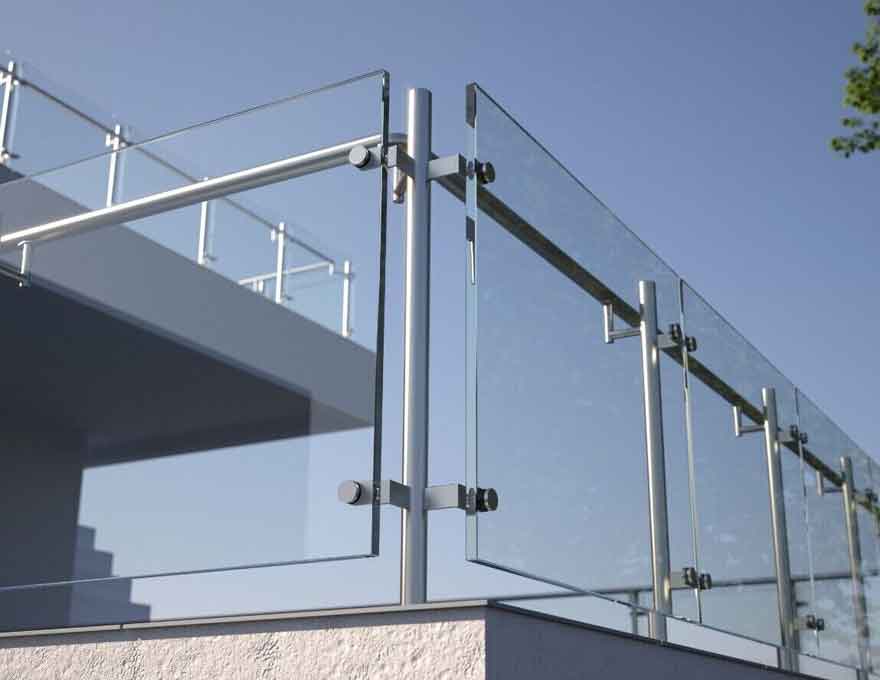Why joiners should have massages and facial treatments
The Holistic Toolkit for Thriving Joiners: Massage, Facial Treatments, and Cupping Therapy
The demanding craft of joinery, while rewarding in its tangible creations, places significant physical and environmental stresses on the dedicated professionals who practice it. The repetitive motions, heavy lifting, sustained awkward postures, and exposure to dust and environmental factors can lead to a range of physical discomforts and skin issues. Integrating regular massages, facial treatments, and cupping therapy into a joiner’s self-care routine offers a holistic approach to mitigating these challenges, promoting physical well-being, enhancing mental focus, and ultimately contributing to a more sustainable and enjoyable career.
The Physical Toll and the Restorative Power of Massage:
The musculoskeletal system of a joiner endures considerable strain. Repetitive actions like sawing, chiseling, and sanding can lead to muscle tension, knots, and pain in the hands, wrists, arms, shoulders, and back. Lifting and maneuvering heavy timber further exacerbates this strain, increasing the risk of injury. Regular massages Stirling therapy provides targeted relief and promotes recovery.
- Alleviating Musculoskeletal Pain and Tension: Deep tissue and sports massage techniques specifically target the deep layers of muscle and fascia, releasing chronic tension and breaking down painful adhesions. This improves flexibility, range of motion, and reduces the discomfort that can hinder precision and productivity.
- Preventing Injuries and Promoting Recovery: By addressing muscle imbalances and tightness before they lead to injury, regular massage can help prevent common musculoskeletal problems. Post-work massage aids in flushing out metabolic waste products, reducing muscle soreness and accelerating recovery, allowing for consistent performance.
- Improving Posture and Body Mechanics: The often-hunched postures adopted during intricate work can lead to poor spinal alignment. Massage helps release tight muscles that contribute to poor posture, promoting better body mechanics and reducing strain on the back and neck.

Combating Environmental Stress: The Benefits of Facial Treatments:
Joiners frequently work in environments with sawdust, wood shavings, and potential exposure to chemicals and varying weather conditions. These factors can significantly impact skin health. Regular facial treatments Stirling area offer a proactive approach to maintaining healthy and comfortable skin.
- Deep Cleansing and Detoxification: Facials effectively remove embedded dust and debris that can clog pores, leading to breakouts and irritation. Deep cleansing treatments help to maintain a clear complexion and prevent skin problems exacerbated by the work environment.
- Hydration and Barrier Repair: Exposure to dry air and certain materials can strip the skin of its natural moisture barrier. Hydrating facials replenish lost moisture, preventing dryness, cracking, and sensitivity, ensuring the skin remains comfortable and resilient.
- Soothing Irritation and Inflammation: Certain wood types or chemicals can cause skin irritation. Gentle, soothing facial treatments can calm inflammation, reduce redness, and alleviate discomfort, promoting skin health and well-being.
- Protection Against Premature Aging: Exposure to the elements can contribute to premature aging. Facials that incorporate antioxidants and hydrating ingredients can help protect the skin from environmental damage, maintaining a more youthful appearance.
Harnessing Ancient Wisdom: The Therapeutic Effects of Cupping Therapy:
Cupping therapy treatment Stirling, an ancient technique involving the creation of suction on the skin, offers a unique approach to addressing musculoskeletal issues and promoting overall well-being for joiners.
- Releasing Deep Tissue Restrictions: The suction created by cupping lifts the skin and underlying fascia, releasing deep tissue restrictions that can contribute to pain and limited movement. This can be particularly beneficial for tight back and shoulder muscles often experienced by joiners.
- Improving Circulation and Reducing Inflammation: Cupping enhances local blood flow, delivering oxygen and nutrients to tissues while removing waste products. This increased circulation can help reduce inflammation and promote healing in areas affected by strain or minor injuries.
- Pain Relief and Trigger Point Release: By lifting the tissue, cupping can alleviate pressure on nerves and help release trigger points – those tight knots in muscles that can cause localized or referred pain. This can provide significant relief from chronic aches and pains.
- Promoting Relaxation and Reducing Stress: The gentle pulling sensation of cupping can have a calming effect on the nervous system, promoting relaxation and reducing stress levels often associated with demanding work.
A Holistic Approach to a Sustainable Career:
Integrating these three therapies – massage for musculoskeletal health, facial treatments for skin well-being, and cupping for deep tissue release and circulation – creates a holistic toolkit for joiners. By proactively addressing the physical and environmental demands of their craft, they can experience:
- Reduced Pain and Discomfort: Leading to improved focus and productivity.
- Enhanced Physical Performance and Endurance: Allowing for more efficient and less fatiguing work.
- Lower Risk of Injury: Contributing to a longer and more sustainable career.
- Improved Mental Well-being and Reduced Stress: Fostering a more positive and enjoyable work experience.
- Healthier and More Comfortable Skin: Mitigating the impact of environmental stressors.
Investing in regular massages, facial treatments, and cupping therapy is an investment in a joiner’s long-term health, well-being, and ultimately, the quality and longevity of their skilled craftsmanship. It recognizes that a thriving professional is one who is nurtured in both body and mind



